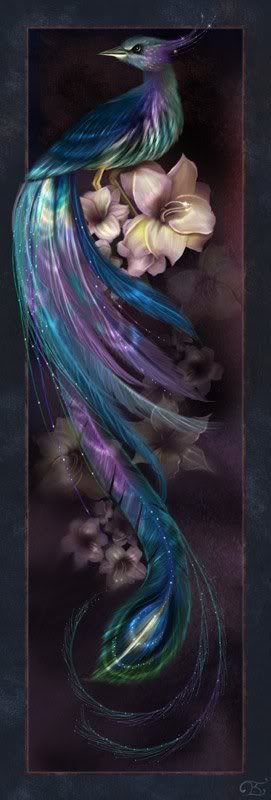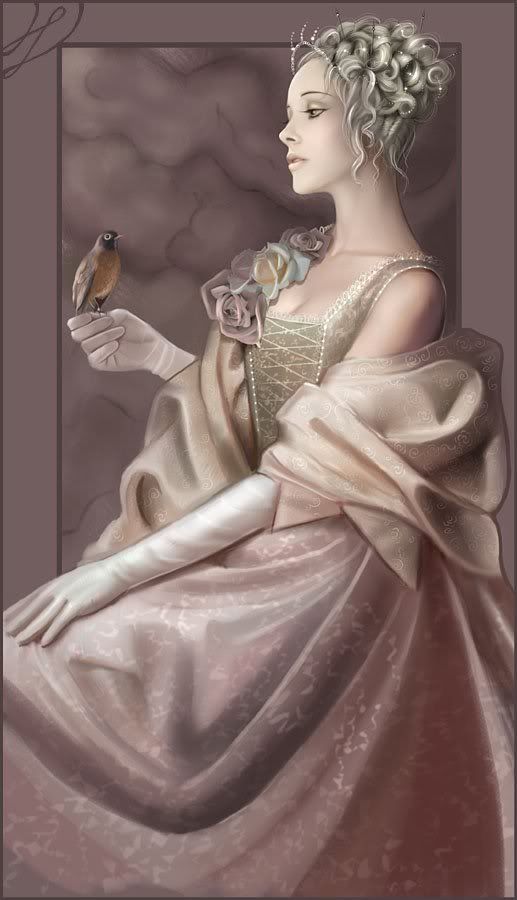Friday, October 26, 2007
Thursday, October 25, 2007
Key quotes
http://en.wikipedia.org/wiki/Digital_art
02. Because of its close connection to the internet, however, from yts inception New Media art was a worldwide movement. The internet facilitated the formation of communities without regard gor geography. The international nature of the New Media art movement reflected the increasingly global nature of the art world as a whole, as evidenced by the proliferation in the 1990s of international biennial exhibitions, including the Johannesburg Biennial and the Gwangju Biennial.
By Dirk Paesmans, Jodi, New Media Art, Köln ; Los Angeles : Taschen, [c2006], pp10
04. Digital Communities are about emergent collective action, citizen empowerment, social as well as economic entrepreneurship, the ingenuity of the users of technology and their power to actively shape their media, the future evolution of new tools and social forms, the improvement of culture and alleviation of suffering, the humanization of technology, openness and inclusiveness, and the sheer fun of making things together. Digital Communities can save lives, bridge differences and the Digital Divide, multiple knowledge, enable markets, revitalize democracy and provoke civic engagement-but only if people seize the power that technology provides and wield it thoughtfully.
By Hatje Cantz, Prixars Electronica-2004 CyberArts, International Compendium Prix Ars Electronica, pp202
03. The presentation of art created for the Internet within a public physical space tends to complicate matters even more. Internet art has been created seen by anyone, anywhere, anytime (provided one has access to the Net) and does not need a museum to be presented or introduced to the public. In the online world, the physical gallery/museum context does not necessarily work as a signifier of a status any longer. Howerver, physical art spaces could nonetheless play an important role when it comes to Internet art-providing a context for the work, chronicling its developments ,assisting in its presevation, as well as expanding yts audience.
By Christiane Paul, Digital Art, London ; New York, N.Y. : Thames & Hudson, c2003, pp23-24
05. To be precise, it is only at this point that the often quoted visual age' begins which previously was considered to have started with the advent of visual media, illustrated magazines, films, and television. These are the so-called mass media, and it is characteristic for them that they permit the flow of information in one direction only - in the direction of the passively waiting recipient. The possibility of expression by means of technically perfect pictures was limited to a few institutions which could afford large financial investments. The microcomputer, connected to a private television set, has extended this possibility to people of all walks of life and of all ages.
http://www.dam.org/essays/franke01.htm
Bibliography
By Hatje Cantz
Quite clear & organised content, it introduces quite a lot of artworks and artists.
02. Exploiting Images and Image Collections in the New Media-Gold Mine or Legal Minefield?
By Barbara Hoffman
Some legal issues are discussed in this book and the situations of some countries are used as examples.
03. Digital Art
By Christiane Paul
This book gives a glimpse of basic knowledge of digital art.
04. New Media Art
By Tribe, Mark
Easy to rread and have rich content
05. Psychedelic Graphics
By PageOne
Many beautiful artworks are show and there are some interviews of the artists
06. Editorial: Intellectual property free-for-all
From SCMP
This article reveals the views of the young generations towards intellectual property.
07. Digital Art -vs-Traditional Art
From http://www.hotcards.com/blog/1/3.html
The article is about some basic distinction between the two categories.is is easy to read, about some comments on digital and traditional art
08. The New Visual Age: The Influence of Computer Graphics on Art and Society
By Herbert W Franke
It's hard to read but thoughtfull
09. The Expanding Medium: The Future of Computer Art
By Herbert W Franke
This article talks about digital art from different perspectives.
10. Programmed Graphics in Computer Art and Animation
By Dr Mike King
Quite an informative essay about programmed art.
Choosing Digital Art...
Once you walk down the street, once you switch on the computer, once you listen to music, once you…the omnipresent digital art just come in front of your eyes and run into your mind, in many different forms-as videos, as graphics, as texts, as virtual reality etc.
The emergence of the digital art since the 1990s brought a fresh fashion to the traditional form of art. Digital art can be purely generated by computer or just run through a computer process partially. It is usually more interactive and also globally connective. The convenience, high accessibility and advance of digital art help to establish its popularity and it serves many purposes such as commercial use, political propaganda and leisure and entertainment. Digital art has penetrated into every corner of our lives. So I think I would be able to familiar with the surrounding environment more if I get to know more about digital art as it has a great influence on our daily routine.
Actually, I’ve been interested in digital art for some time already. The computer graphics shown in the internet and some computer games were very appealing to me. Thus, I started to get in touch with some software like Adobe Photoshop. That’s why I would like to research in this topic and get to know more about different forms of digital art.




